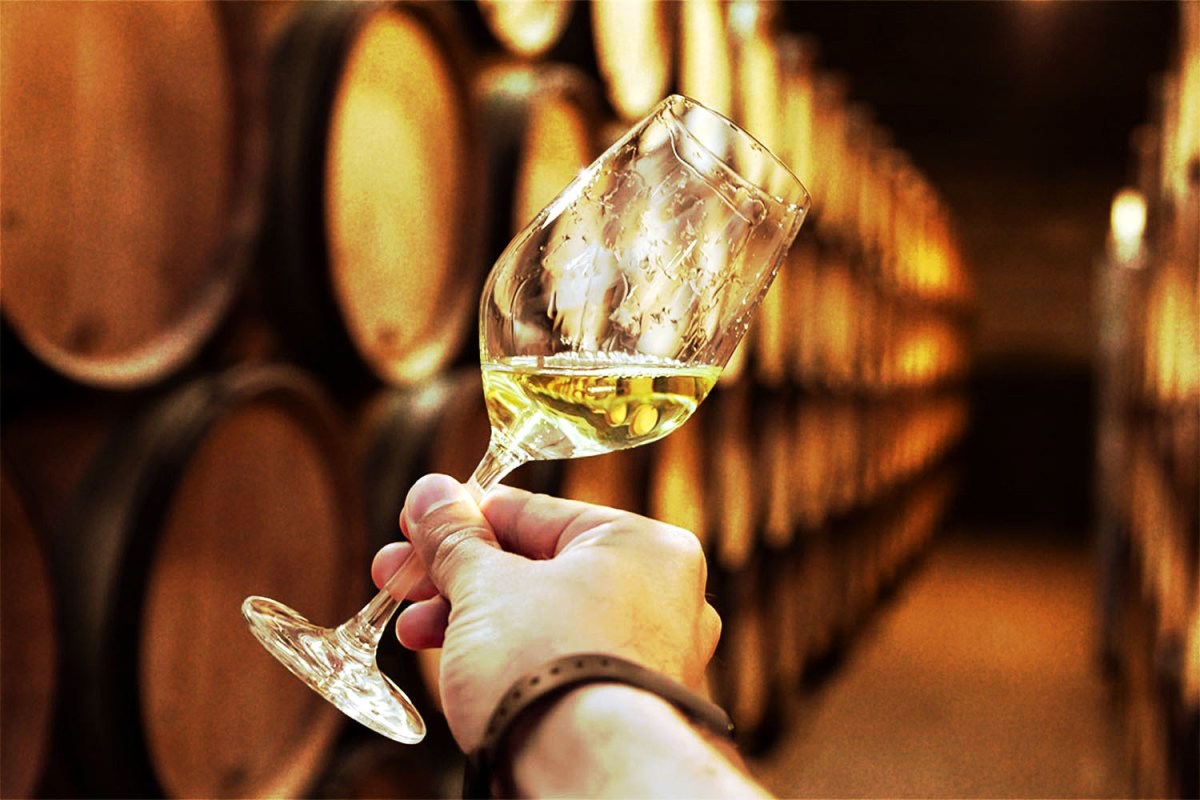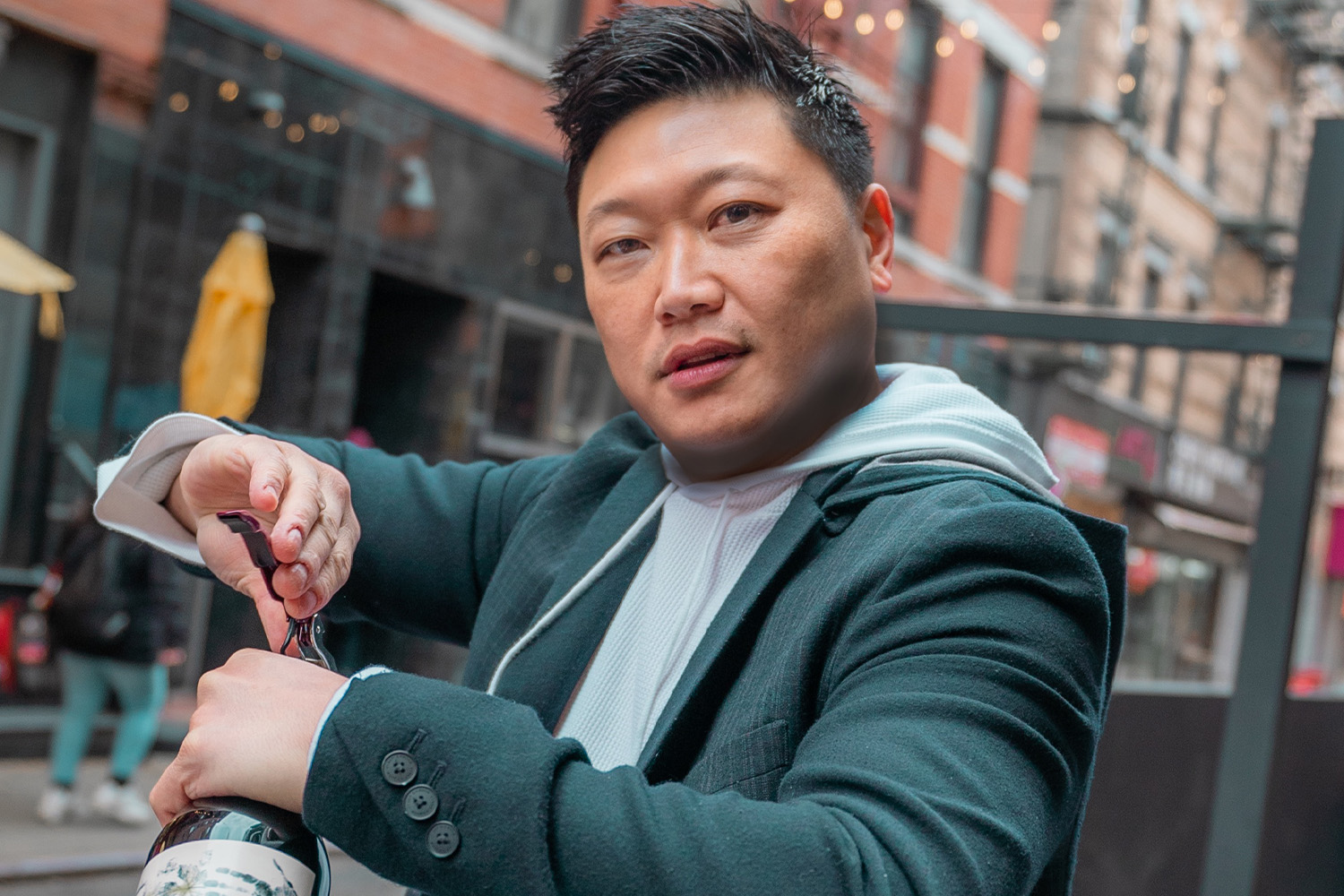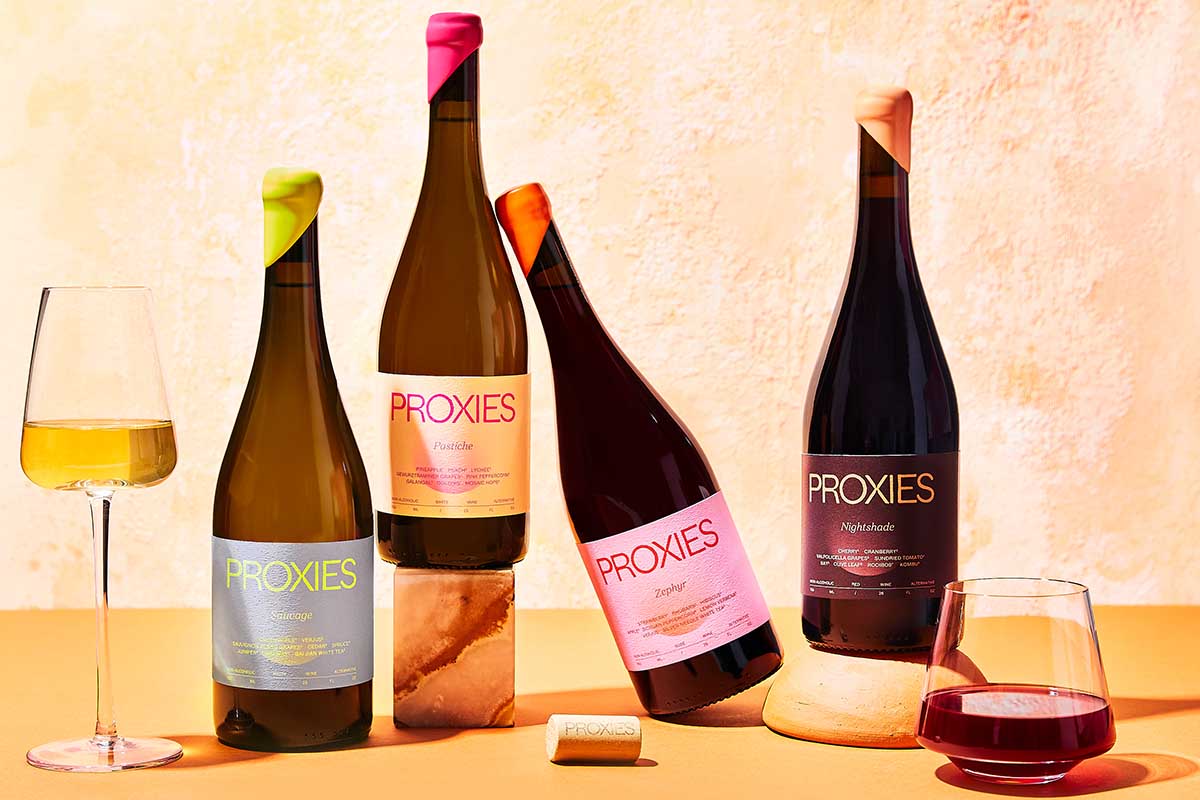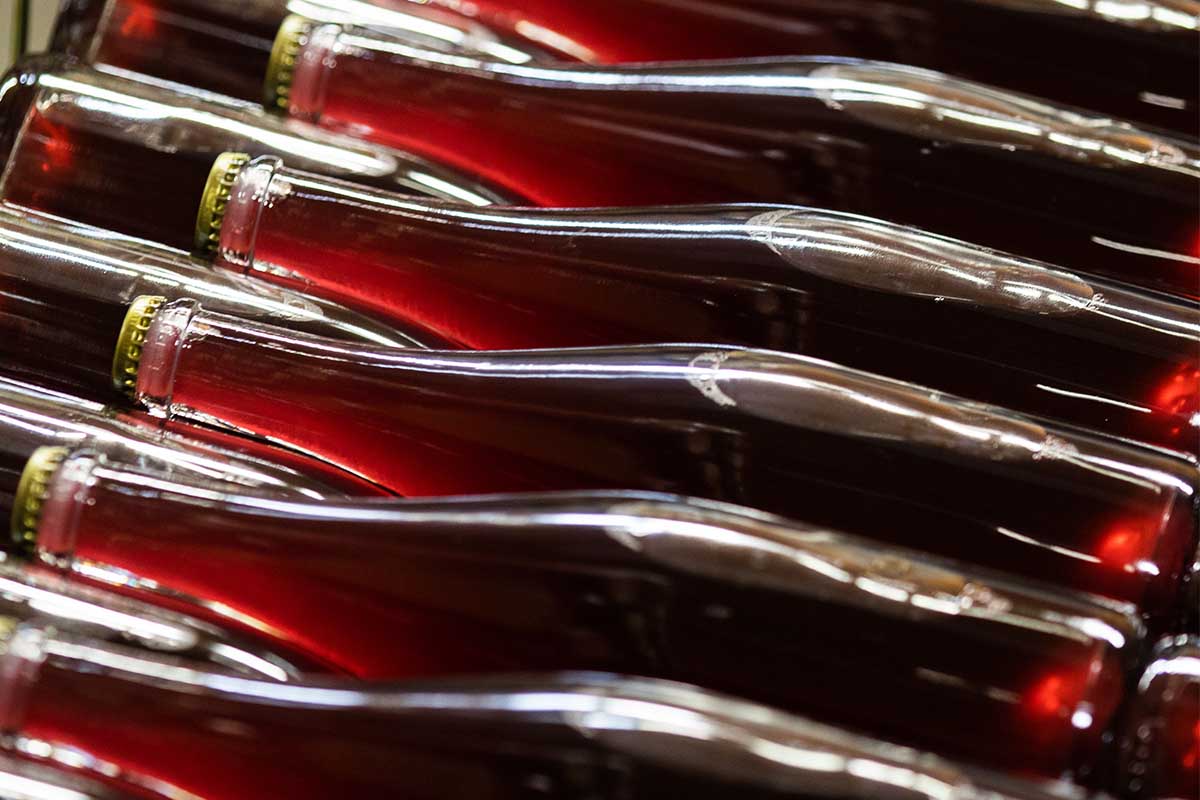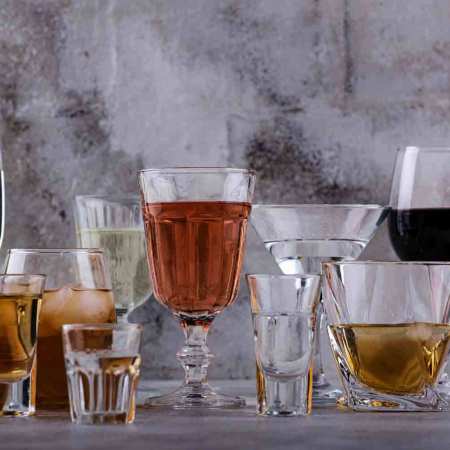Chardonnay is arguably the most important grape in the world. But it’s also the most divisive.
Haters scoff at the grape, claiming it tastes oak-ridden, syrupy and middling at best — a big glass of melted butter. Others dub it the patron drink of desperate housewives, a calling card of Karens everywhere. “Chardonnay has become as much of a brand name as it is a grape variety,” says Scott Woltz, the beverage director of Respect Hospitality (Peasant and Marc Forgione) and an Eleven Madison Park veteran.
But the best Chardonnay is so much more. It can be lean and sparkling, crisp and mineral-driven, or opulent and rich. It thrives in the north of France, the south of Chile and almost every region in between.
“Chardonnay is exciting because it is a grape that can be grown almost anywhere,” says Tahiirah Habibi, Sommelier and Founder of wine educators Hue Society. “Chardonnay can be made into a sweet wine, it can be made into bubbles. It’s super versatile — you can go through an entire meal with different kinds of Chardonnay.”
So why the bad rap?
In the ‘80s and ‘90s, American Chardonnay was de rigueur here in the U.S. Wineries were popping up all over the West Coast and drinkers were keen to support the local boom. Unfortunately, many of the mass-produced bottles that made it to shelves were buttery, clumsy, oaky and overpowering.
“Chardonnay has gone in and out of fashion with the drastic stylistic changes in the sort of wine sought by consumers. Around that time, the ABC movement [that’s “Anything but Chardonnay”] started gaining traction, and the style shifted toward leaner, more appetizing and less oak-dominated Chardonnay,” says Woltz. Oenophiles shunned it in favor of more expressive grapes and as perceptions of the grape changed, Chardonnay became a punchline.
To Oak or Not to Oak
You could say oak is the culprit for the grape’s public malalignment.
“Chardonnay gets a reputation for being super oaky, and this has deterred folks from wanting to give the wine a try,” says Jodie Battles, Beverage Director and Managing Partner at Boston’s Toro, Coppa, Little Donkey and Faccia Bruto. “When it’s made this way, what you’re actually tasting is the treatment of the grape before it goes into the bottle and not the grape itself.”
When Chardonnay is aged in stainless steel, it’s fresh and lean. When aged fully in new oak, you get those characteristics of vanilla, butter and spice. Handled well, the oak will add roundness and complement the terroir. But heavy-handed producers treat oak like a mask, hiding any nuances (or mistakes) under a thick veil of movie-theater popcorn veneer.
“When oak is not overly manipulated in the winemaking process, it truly gives you a sense of place depending on the specific part of the world it’s from,” says Battles.
Woltz seconds this — one of the most exciting things Chardonnay offers is its versatility. “I’m quite excited about Chardonnay, as it is the essential expression of terroir in the grape world.”
Purely as a grape, Chardonnay is incredibly neutral — it doesn’t have the big aromas of a Riesling or a Pinot Gris, which means it can mold to its climate and express itself accordingly. “Chardonnay is incredibly adaptable to its environment,” says Woltz. “Cool climate Chardonnay provides the terroir needed for smoky, flinty, floral and mineral expressions, while warmer climates provide the richer, denser, buttery, tropical and oak-driven styles popular in the New World wine regions. Few grapes show so much adaptability based on where it is grown.”
Pick a Chard, Any Chard
So you’re scarred by California Chard. How do you wade back into the category?
“Chardonnay from Burgundy is king for me—mineral, beautiful acidity and fruit that goes perfectly with my husband/partner Felipe’s Latin-leaning foods at our restaurants,” says Tamy Rofe, sommelier and partner of Comodo, Disco Tacos and Colonia Verde. “I particularly love wines from Claire Naudin, Chandon de Briailles and Alice & Olivier De Moor.”
In Jura, a cold-climate, Alpine terrain 100 km east of Burgundy hugging the Alps, Chardonnay wears a completely different outfit. Wines are often aged in barrels with a yeast voile — a layer of yeast that helps oxidize the wines — resulting in a glass with savory, nutty notes and deep honeyed color.
Woltz prefers something between Burgundy’s high-acid Chardonnay and California’s new-world oomph. “I currently love tasting Chardonnay sourced from Italy,” he says. “We pour Edi Kante Chardonnay by the glass at Peasant. It offers a creamier Chardonnay with a slightly honeyed nose and a strong impression of chalk and dust that is reminiscent of top-notch Chablis. There is just a touch of oak sweetness on the palate, a creamy texture with fine hints of citrus and ginger, ending with great freshness and nuance.”
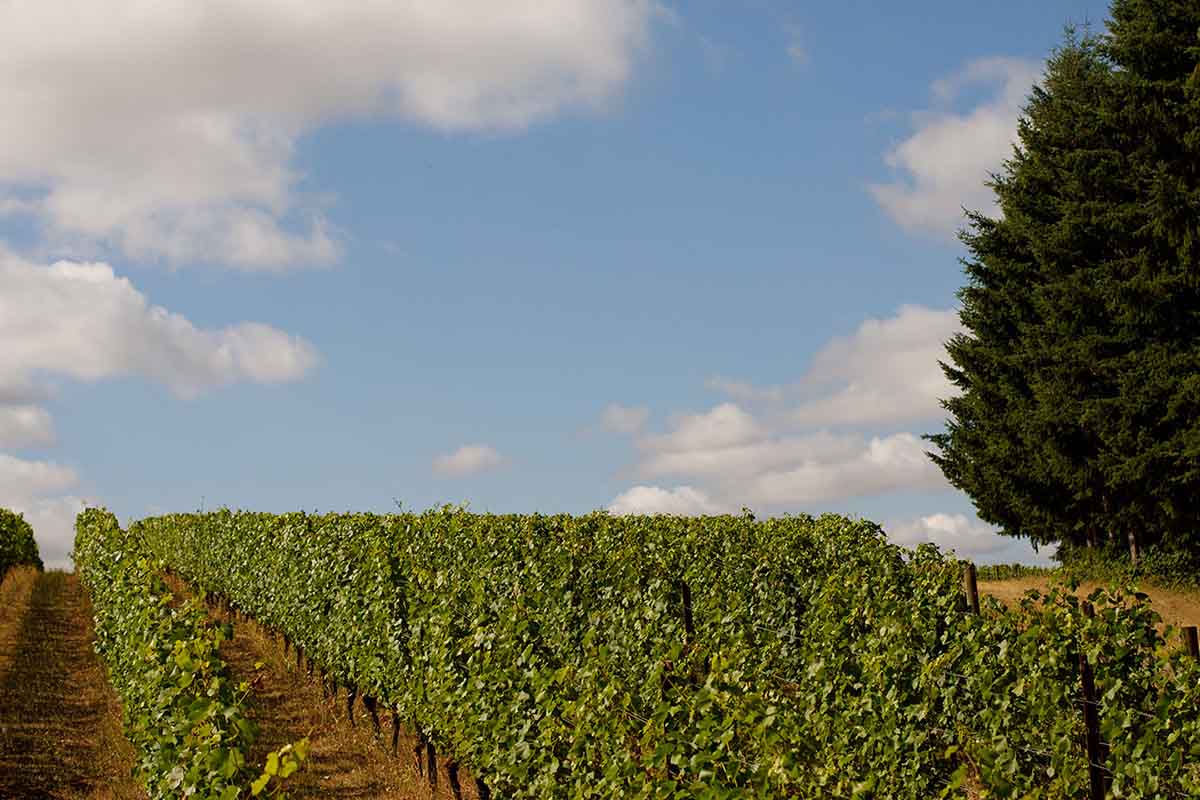
If you’re more akin to the West Coast, there is brilliant Chardonnay that defies the stereotypes. Jim Clendenen of Au Bon Climat never bent a knee to oak. Sandhi, formed by Rajat Parr and Sashi Moorman, makes ripe, clean and kind Chardonnay. Producers like Gary Farrell, Raen, Monte Rio, Peay and Matthiason all make Chardonnays with distinct narratives far beyond butter.
Farther up the coast, Brian O’Donnell of Belle Ponte in the Willamette Valley, OR, notes a change in vines will also help stray from sad stereotypes. “The selection of Chardonnay vines that we had available [in the ‘80s] was for high-production, high-yield winemaking,” he says. “In the warm years, they made nice wines but in cooler years, the vines didn’t have much going on.” Around that time, the University of Oregon started bringing in Burgundian vines from the University of Dijon, France, and these French clones were planted and grafted across the coast.
Now, many winemakers in the region make beautifully expressive Chardonnay that has “one foot firmly in the new world, one foot firmly in old,” says O’Donnell. “The wines have a lot of freshness — remember we’re 600 miles from California — but a lot more richness and fruit than white burgundy.” From Willamette’s Yamhill-Carlton AVA – a particularly stunning collective of makers and growers — keep an eye out for Chardonnay from Nicolas-Jay, Soter Vineyards, Tendril Wine Cellars and Gran Moraine.
And then there are the producers who regard neither new world nor old, but something completely different altogether. Macatho in Chile makes incredible skin-contact Chardonnay with Chasselas – herbal, complex, rich and amber in color. In Austria, Koppitsch makes moody wines reflective of their cold, expressive vineyards – salty and slightly tropical — while in Friuli, Radikon’s Chardonnay is hefty and creamy with a big texture. Mac Forbes makes blissful Chardonnay from single vineyards in Australia – clean, pure, and elegant – while Grosjean produces Chardonnay (along with indigenous varieties like Doucet and Gamin) in a mountain pass in northern Italy.
Ready to drink some Chardonnay? Here’s where to start.
Domaine Oudin Chablis
“A favorite I just revisited yesterday is Domaine Oudin Chablis. Very small production wine made by a husband and wife team who left their stressful jobs in Paris to go back to their roots in the Southern area of Chablis,” says Battles. “They recently turned the operation over to their daughter and she clearly brings a fresh perspective and passion to the project. This wine has such lovely, fresh acidity and great precision. There’s loads of lemony fruit, a touch of passionfruit and perfectly balanced stony minerality.” $29
Chantereves Bourgogne Chardonnay
Tomoko Kuriyama and Guillaume Bott started this Burgundy winery in 2010. The granddaughter of a Japanese food TV personality, Kuriyama spent time working under some of Germany’s biggest icons before moving to burgundy while Bott is a Burgundy vet, working at Sauzet in Puligny-Montrachet and alongside Patrick Bize. Now, the couple has a Savigny-based micro-négoce that makes energetic, brilliant Bourgogne Blanc (that’s Chardonnay!) with a cult-like following. $35
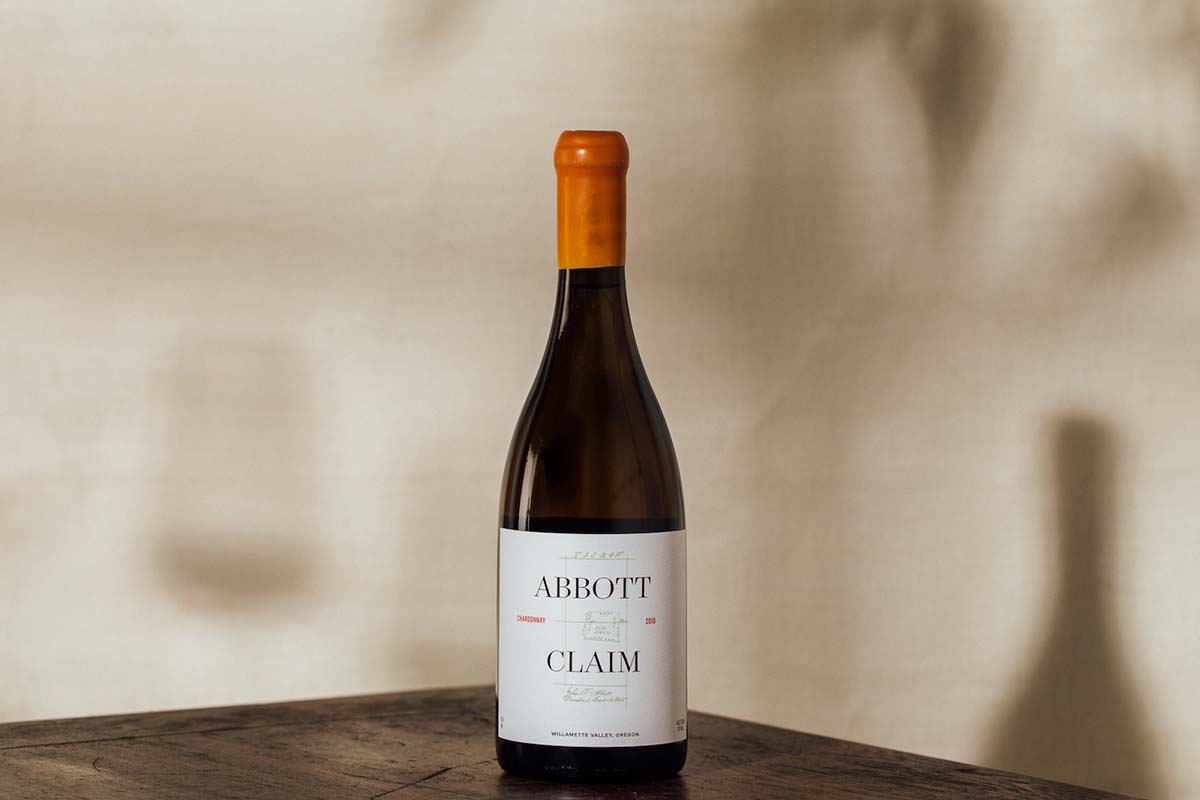
Abbott Claim Chardonnay
On a ridge in the Yamhill-Carlton AVA sits Abbott Claim’s stunning winery; architecturally-driven and made with raw wood detailing to mimic the rolling hillside. Which makes it a delightful place to stop by in its own right, but their Chardonnays certainly make a mean case for a visit. They’re expressive and gorgeous; high-toned, elegant and representative of regionality. Made with a little bit of new oak and then aged in stainless steel, the wines are fresh, pure and mineral-driven. $76
Domaine André Et Mireille Tissot Chardonnay Patchwork
In a tiny pocket of land that separates Burgundy and Switzerland, you’ll find Jura, an extreme winemaking region that produces hauntingly beautiful and complex whites. Stephane Tissot (son of Andre and Mireille) is largely regarded as one of the region’s best producers. Patchwork relates to the quilt of vineyards they sourced grapes from to make this shimmering gold wine with a beautiful balance of savory-smoky-salty freshness. Incredibly complex and something to stock up on. $33
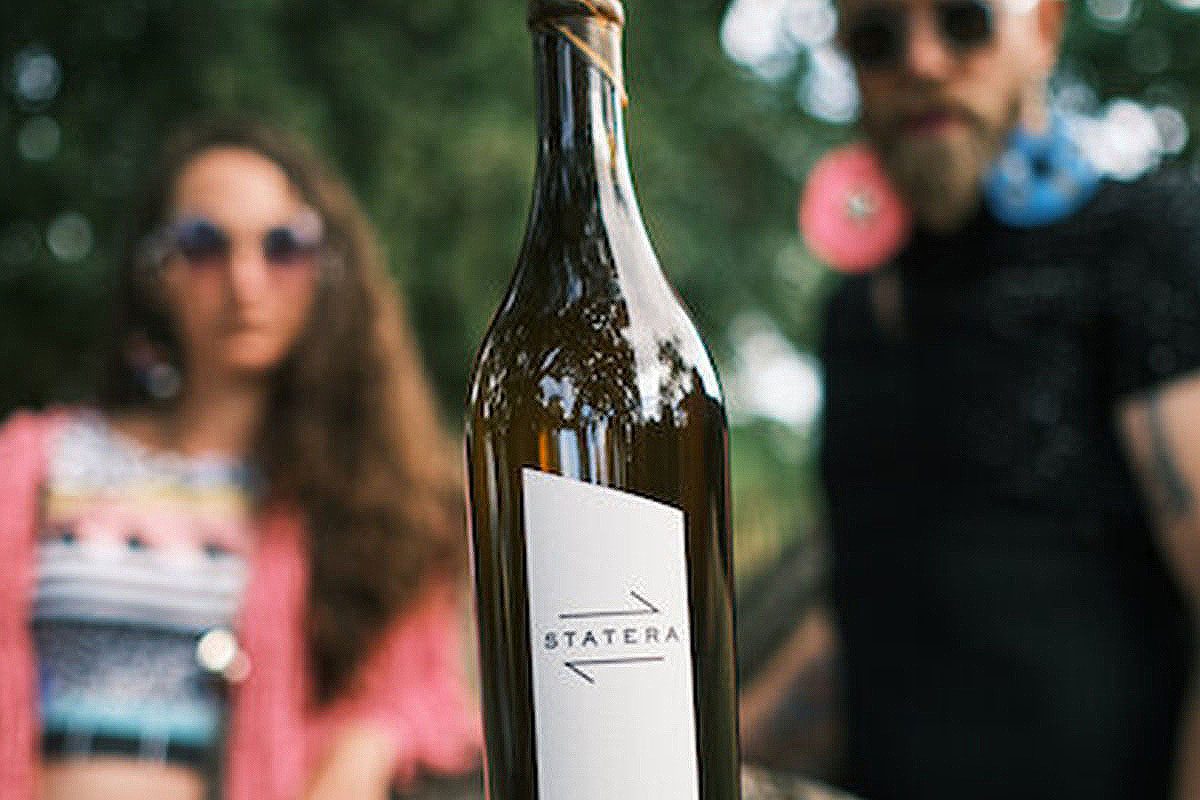
Statera Cellars Johan Vineyards
“I love to drink wines from Meredith Bell from Statera Cellars in Oregon,” says Tamy Rofe, sommelier and partner of Comodo, Disco Tacos and Colonia Verde. “She grew up in Oregon and went to Burgundy to study how to make Pinot Noir, the king grape from her home place. Once there she found out that Chardonnay is the story. She went back home to Oregon and is now doing Chardonnay on different terroir and regions of Oregon. Her Statera, ‘Johan Vineyards’ is a dream of a wine.” $41
Every Thursday, our resident experts see to it that you’re up to date on the latest from the world of drinks. Trend reports, bottle reviews, cocktail recipes and more. Sign up for THE SPILL now.
